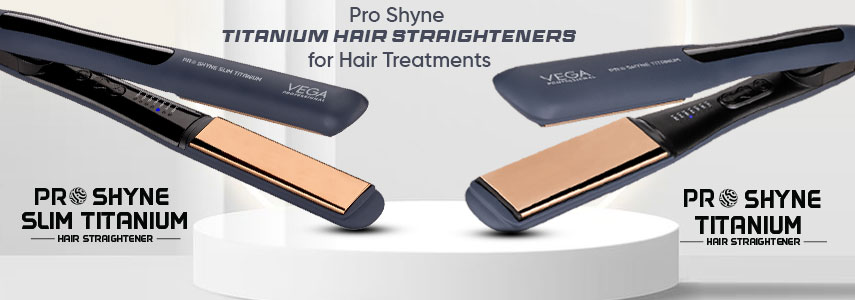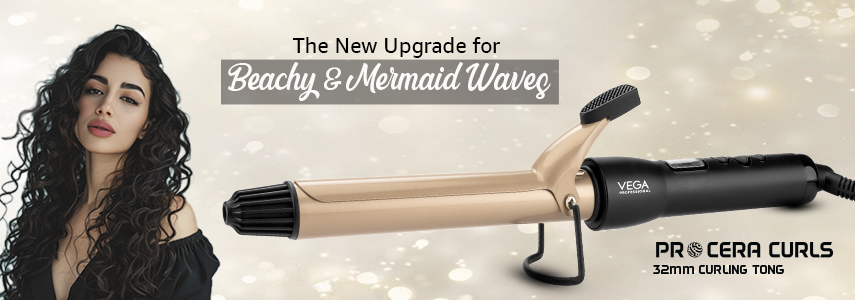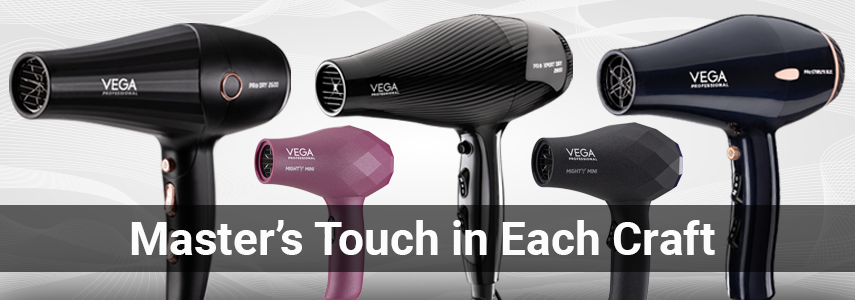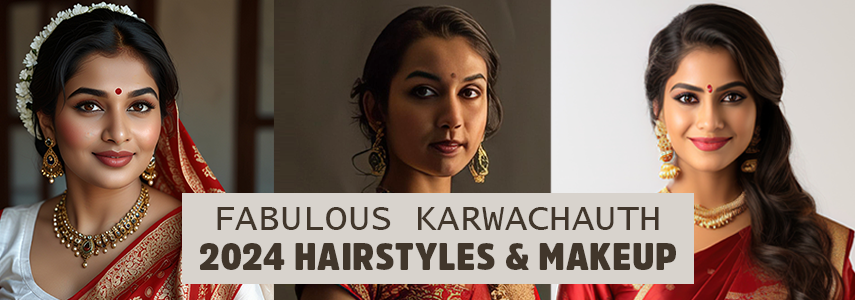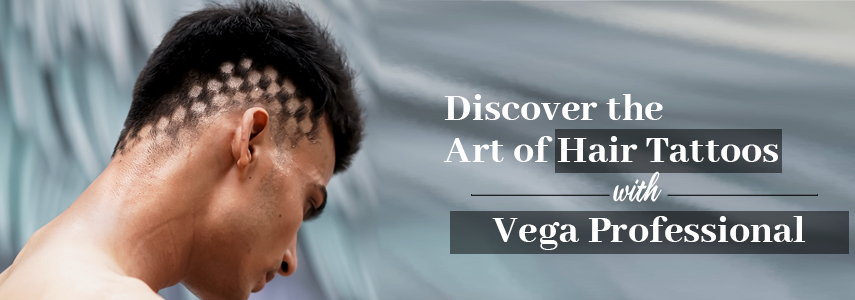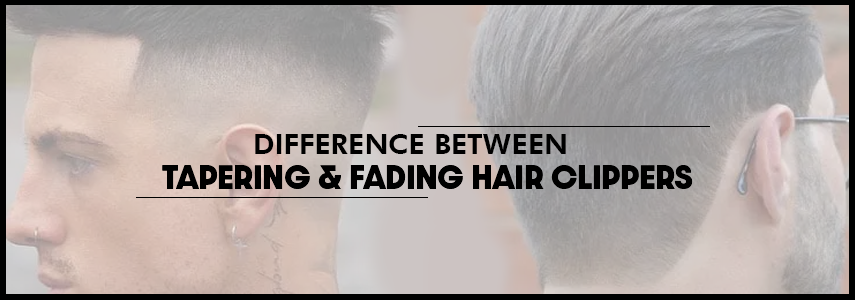Over the years, haircutting techniques have greatly evolved. The increasing hairstyle trends further have a significant emphasis on precision and style. No matter the length and texture of hair, there are hairstyle varieties for both. But each hairstyle requires its distinct techniques. Two of these many popular methods that are in demand among barber professionals are tapering and fading.
Many of your customers may consider these techniques to be similar. But your trained eyes know the distinct differences between the two along with their approach and results. In this, we shall teach you about the differences between tapering and fading hair clippers along with offering you an idea of which professional hair clipper tool is best suited to achieve the desired look of your clients.
Tapering Hair Clippers
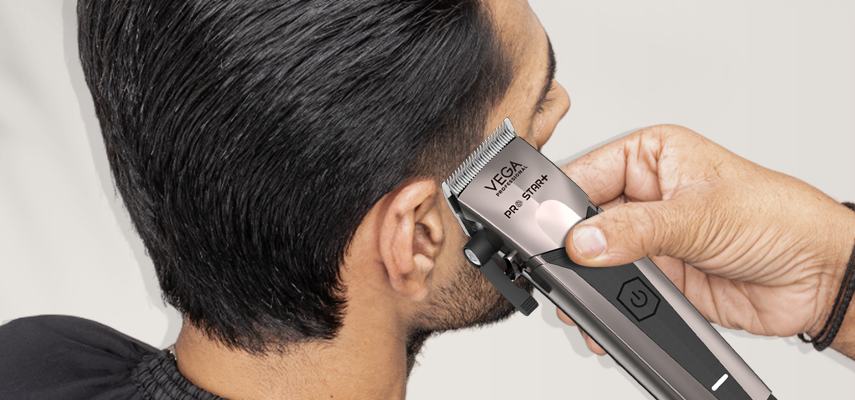
The barbering technique of taper hair clipper refers to shortening the hair length gradually from one point to another. This haircut results in somewhat like a smooth transition from less to more, often giving the look of longer at the top section of hair and getting shorter towards the side and neckline to deliver a blending look. Here's a breakdown of tapering for a better understanding of the haircut:
- Technique: Tapering involves adjusting the blade lever or using several clipper guard sizes to be able to create a smooth transition in the length of your clients’ hair and deliver a natural look.
- Clipper: The Vega Professional Pro Star+ Hair Clipper with Japanese Stainless-steel blades can be your perfect pick for the best results. The ideal combo of power and precision, this professional hair clipper is powered with a 7,000 RPM high-speed rotary motor that delivers high torque and constant speed. You can choose from its 6 premium attachment guide combs basis your client’s hair length and experience easy manoeuvrability with its ergonomic design.
- Length Variability: While the hair at the top is left longer, the length starts to gradually reduce as it moves towards the neckline and around the ears.
Fading Hair Clippers
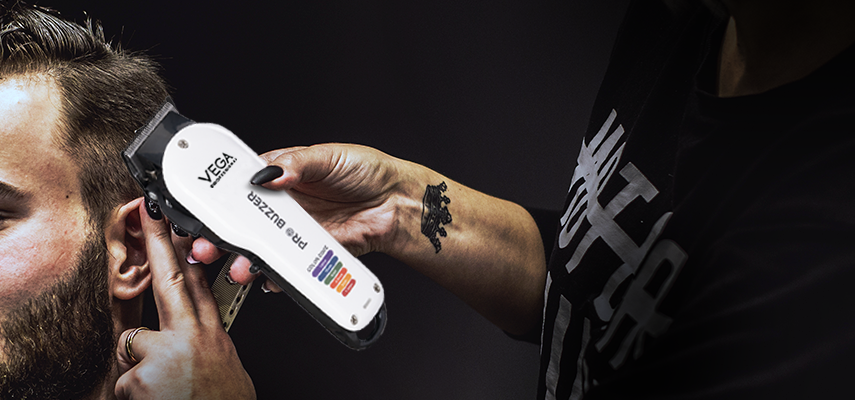
Unlike tapering, fading is considered to be a more distinct and complicated haircutting technique. This particular cut involves blending hair from extremely short, including skin-level, to a longer length, in a shorter space. It requires the need to seamlessly blend short hair into long hair to deliver somewhat like a gradient effect without distinct lines or steps in length. Keep reading to know more about this haircut:
- Technique: Due to its intricacy, fading requires precise clipper work. You must use many guard sizes or adjust the clipper blade lever to be able to make a transition from short to long hair in a smooth manner. This technique typically has a more noticeable contrast between the different lengths of hair and is often used on the sides and back of the head where the hair gets shorter gradually towards the neckline.
- Products: One of the best fading hair clippers to try from our wide collection would be the Vega Professional Pro Buzzer Cord/Cordless Hair Clipper featuring DLC Coated Japanese Stainless-Steel Blades. It offers both Cord and Cordless power for versatility and a 6000-rpm high-speed rotary motor for a powerful performance. Moreover, its 6 attachment guide combs come in multiple colors to easily identify the size as required when catering to clients.
- Types of Fades: There are several types of fades that you can create for your clients including low, mid, and high fades.
Quick Differences Between Tapering and Fading Hair Clippers
Here are the key differences between Tapering and Fading techniques:
| Tapering | Fading |
|---|---|
| Tapering focuses on reducing hair length and blending gradually and smoothly. | Fading involves creating a seamless transition between hair lengths without obvious lines. |
| Tapering is more about overall length transitions. | Fading is about creating a gradient effect. |
| Tapering creates a more natural and blended finish. | Fading results in a sleek and polished look with a sharp finish. |
Conclusion

To conclude, both tapering and fading are essential barbering techniques, each serving its own special purposes but often used in conjunction to deliver various hairstyles and finishes. You can invest in the hair clippers for fades from our wide collection including the Pro Vector Professional Hair Clipper with DLC Coated Japanese Stainless-Steel Blades and an Ultra Powerful 11,000 RPM Vector Motor for super high torque.
FAQs
What is tapering in a haircut?
Tapering haircut refers to shortening the hair length gradually by keeping the top section longer and those towards the neckline shorter.
What is fading in a haircut?
Fade cut involves the blending of hair from extremely short to a longer length.
Which technique is better for a professional look?
Both tapering and fading are professional barbering techniques that offer professional looks.
Can both tapering and fading be done with clippers?
Yes, you can do both instant fade clippers and tapering with professional clippers.

